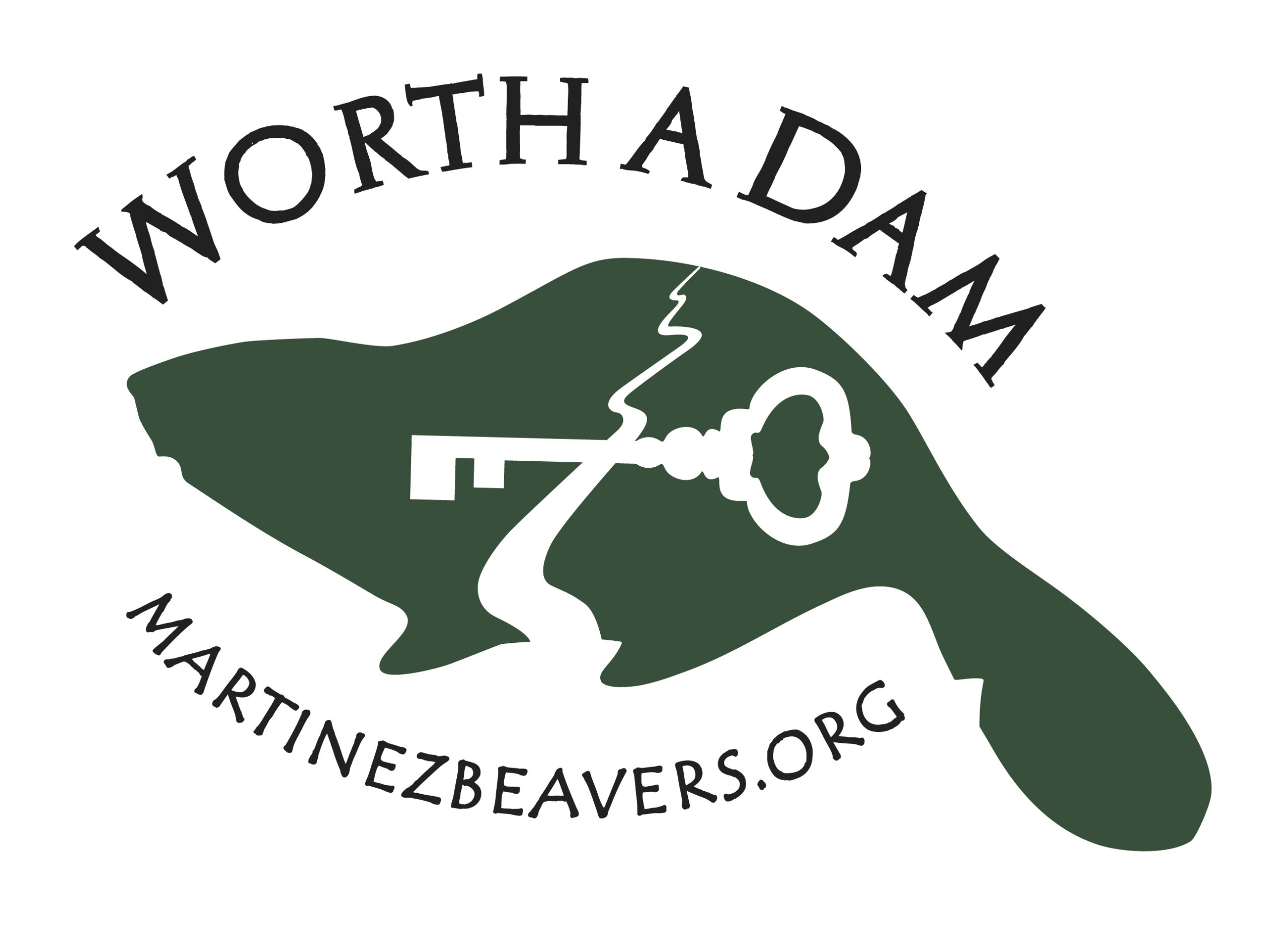Climb the mountains and get their good tidings. Nature’s peace will flow into you as sunshine flows into trees. The winds will blow their own freshness into you, and the storms their energy, while cares will drop off like autumn leaves.
John Muir
One of the remarkable things about this beaver journey has been the new opportunities it has brought my way, whether it’s giving an hour interview to a documentary filmaker in my living room, writing the introduction to a children’s book, or being a paid speaker at the Audubon Society, I have never known what to expect. Last week the list of unlooked-for treasures got longer with an offer communicated by Igor Skaredoff to be considered for the board of directors of the John Muir Association. Thursday night I was officially “voted” in and am now an acting board member.
The John Muir association is a triple bridge between the National Park Site here in town, the history and teachings of the man himself, and the local community. It organizes the Birthday-Earth Day Festival in the Spring, the Conservation awards, the John Muir Summer camp, and a host of other environment-attending events. It has been supportive of the beavers from the beginning, and is interested in adding more community building (such has we have been able to do) to its organization.
Surely John Muir deserves whatever Beaver Bump we can provide…
Its a huge and not un-intimidating honor to be asked, because these people are serious environmental thinkers with serious resources. Two are heir of Muir himself, the longtime member Michael Muir, founder of Access Adventure, and another welcomed last night with me. Michael talked enthusiastically about the beavers at Lundy lake which is known for its lovely fall aspen display. The aspen is especially dramatic because of all the beaver activity (coppicing making trees bushy). He said he took his first backpacking trip in the hills there, carrying the heavy sleeping bag that John Muir himself had used in Alaska. He speculated about the idea of a board retreat in their cabin there.

You must know by now the story had all my attention!
Wiser minds than mine have long thought that there is a natural relationship between the renowned environmentalist and our now-famous beaver friends. Beavers protect habitat, expand watershed, preserve wildlife, and grant a living legacy to whatever they touch. Both shaped the American landscape with their tireless efforts. Securing the link between these ecosystem engineers and the father of our National Parks can only deepen our understanding of our role as stewards of the earth and its wild places.
Plus it is really good news for the legitimacy of the beavers and their continued place in Alhambra Creek.


